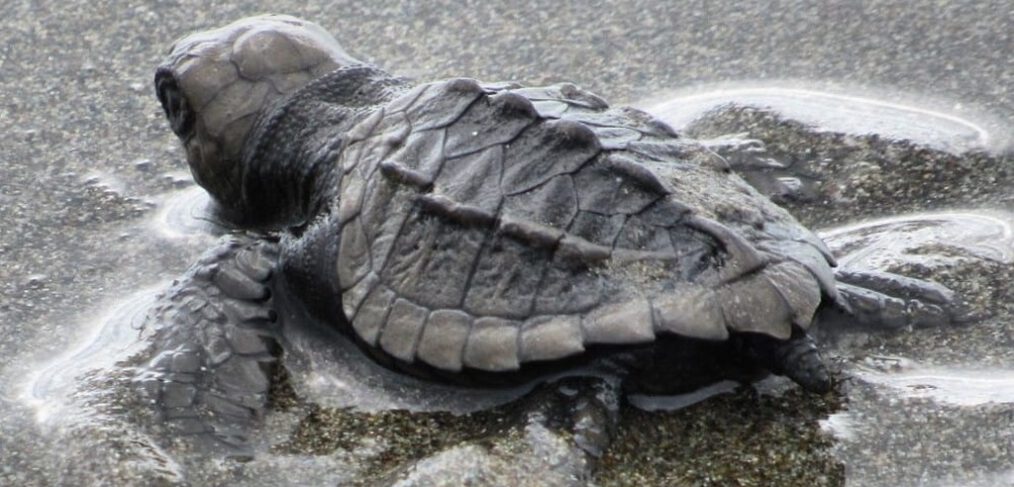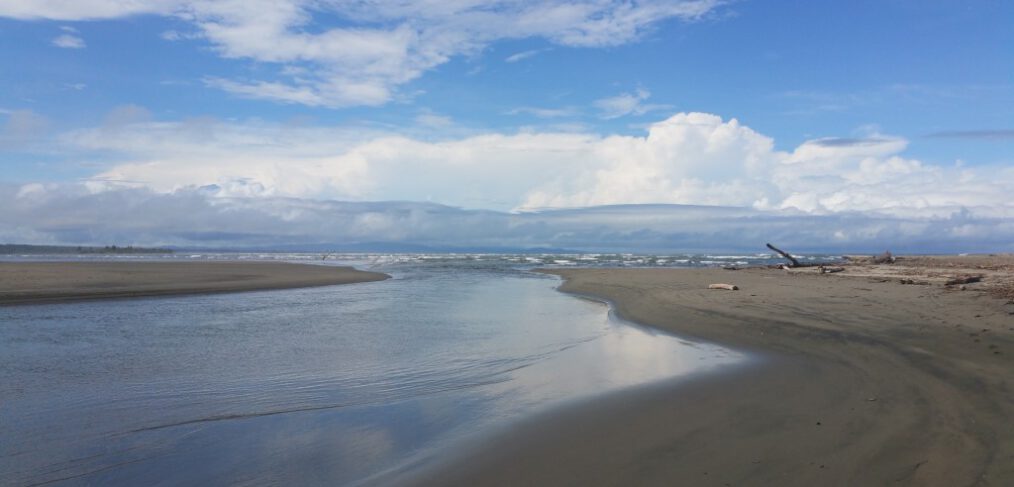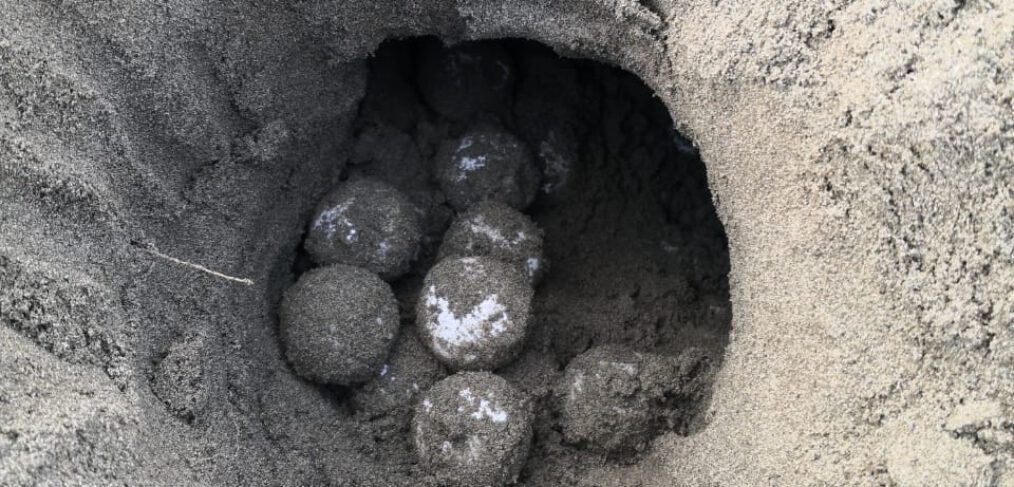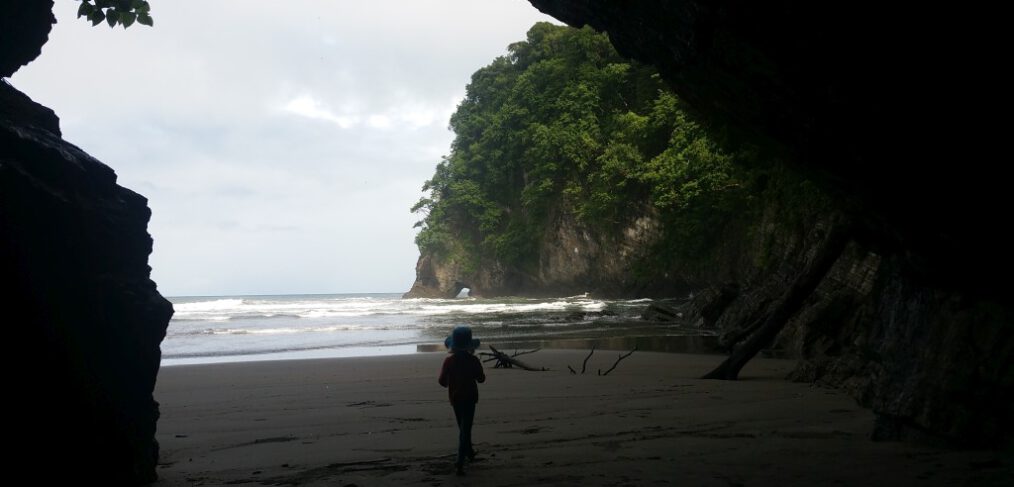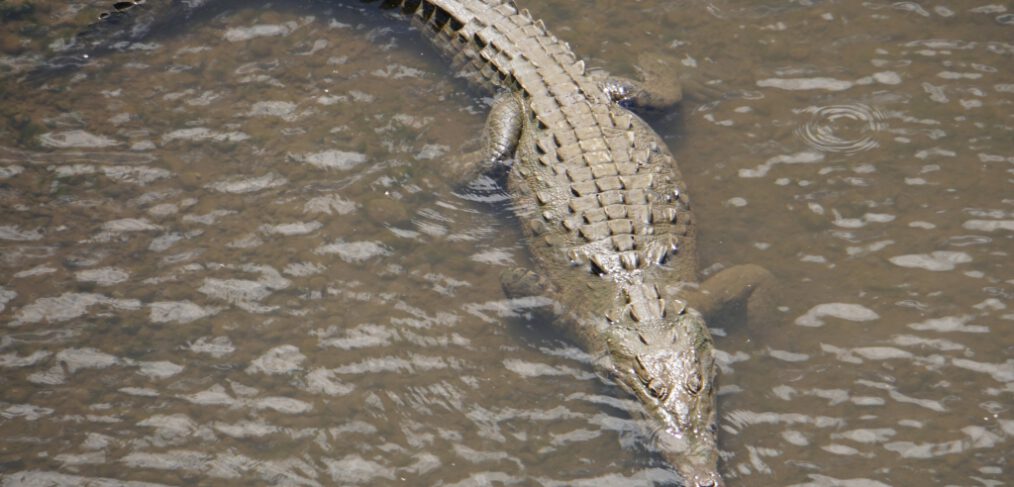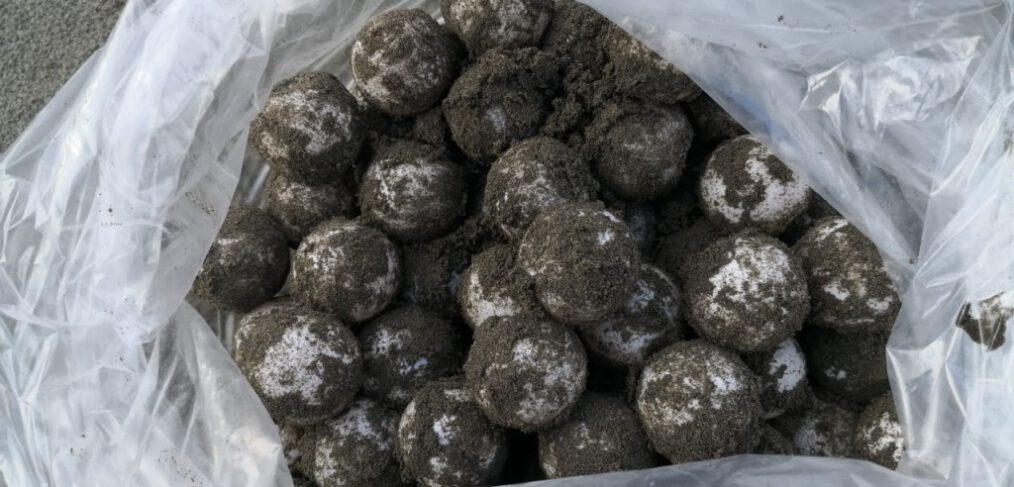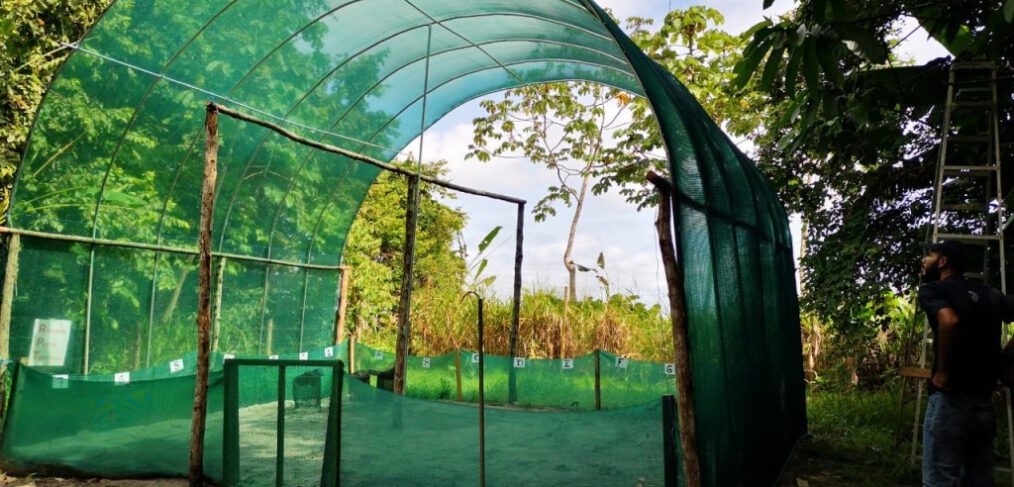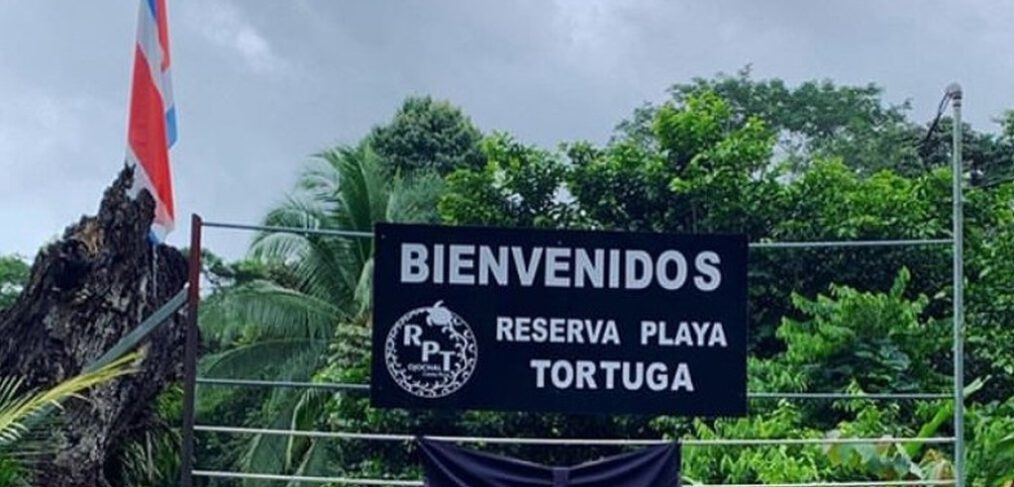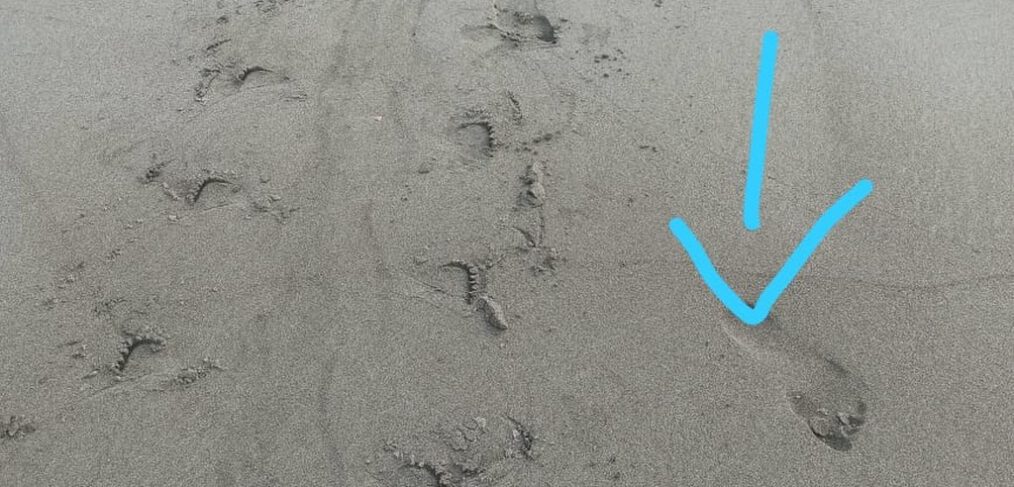Saving endangered marine turtles
Recently I have been supporting the local volunteer group for Reserva Playa Tortuga (RPT) here in our village in Costa Rica. The team of researchers and biologists has started patrolling the beaches at the beginning of the season already 1.5 months ago. This is to save the olive ridley turtle eggs from poachers and animal predators.
As always humans are threat number one for the giant marine turtles and in this case for the conservationists too. It is not the venomous snake, that camouflaged curls on a tree branch in the dense tropical forest. It is not the silent and quiet caimans or crocodiles, lingering in the murky rivers and streams that have to be crossed by the researchers again and again on their walks. No it is the poachers or drug traffickers, that prefer to be undisturbed, that are dangerous. Costa Rica has unfortunately seen one death in the recent past, where an environmentalist saving turtle eggs had been killed (this was not in our region though).
The walks are happening any time, gentle breeze or thunderstorm, even on the weekends, whenever the conditions are suitable for marine turtles to lay their eggs (prefer high tide, little rain if possible, little light).
The team had to learn the painful way, that there is no pause allowed, as otherwise the poachers collect the nests first. The poachers sell the eggs for between 200 and 500 CC per egg (30-80 USD cents). Although this does not sound much, it adds up to 200.000 and 500.000 CC (up to almost 100USD) per nest. This is big business. The nests may be at risk even more now as the economic situation of many in the country is tight, due to the collapse in income from tourism because of the pandemic.
Even though the researchers and the local volunteers return from many of the walks empty handed, there is no giving up to protect this endangered species. Since one week though, there has been a roll. At least one turtle nest was found per day and with it between 50 and 120 white eggs round like a table tennis ball from the perfectly conically shaped nest in the sand. The shell is soft, which is quite remarkable, and not hard like those from chickens for example. Olive ridley turtle mothers lay 2-3 nests per season once every 2 years. In between they travel long distances and can cross entire oceans, nomads like us. RPT has an almost 100% success rate in achieving turtle hatchlings after 45 to 60 days of incubation period which they then release on the beach, where the cuties scuttle as fast as they can to the ocean. We will miss this sweet event unfortunately, as we will have left this beautiful piece of paradise by then.
I am so grateful for the experience, finding a nest, saving the eggs, counting them, burying them again somewhere safe in the warm sand, in the reserve’s own hatchery. Yes, even the endless walks in wet pants through murky rivers and dark jungles without finding anything, as the meditation sound of the rolling ocean waves and the soothing green of the forest are enough reward. And of course the thought of being there first before the poacher brings everyone, the conservationists and the volunteers, back on the beach again and again.
https://reservaplayatortuga.org/
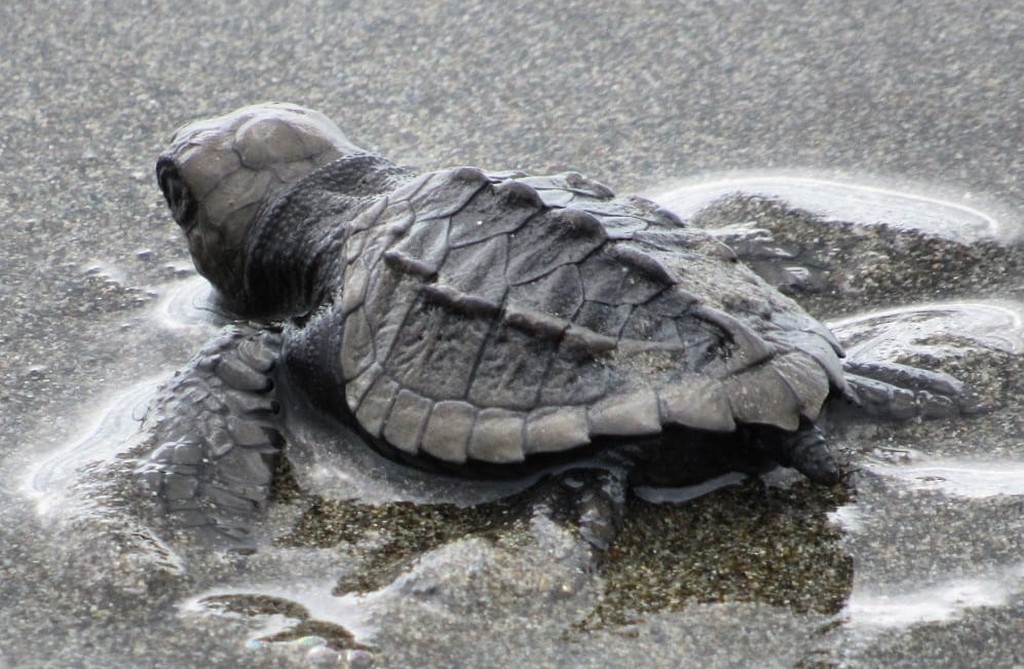
Turtle hatchling 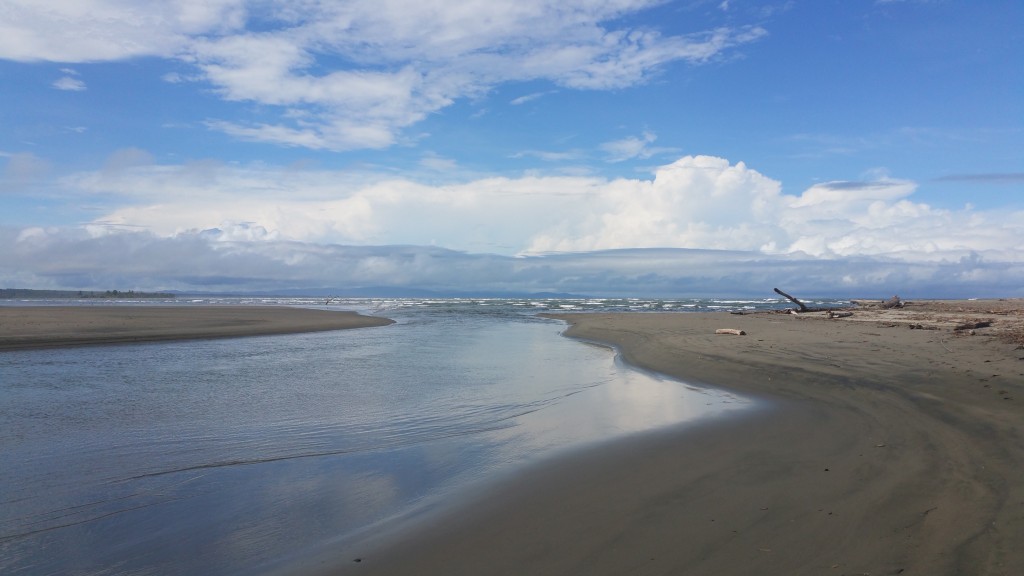
Playa Tortuga 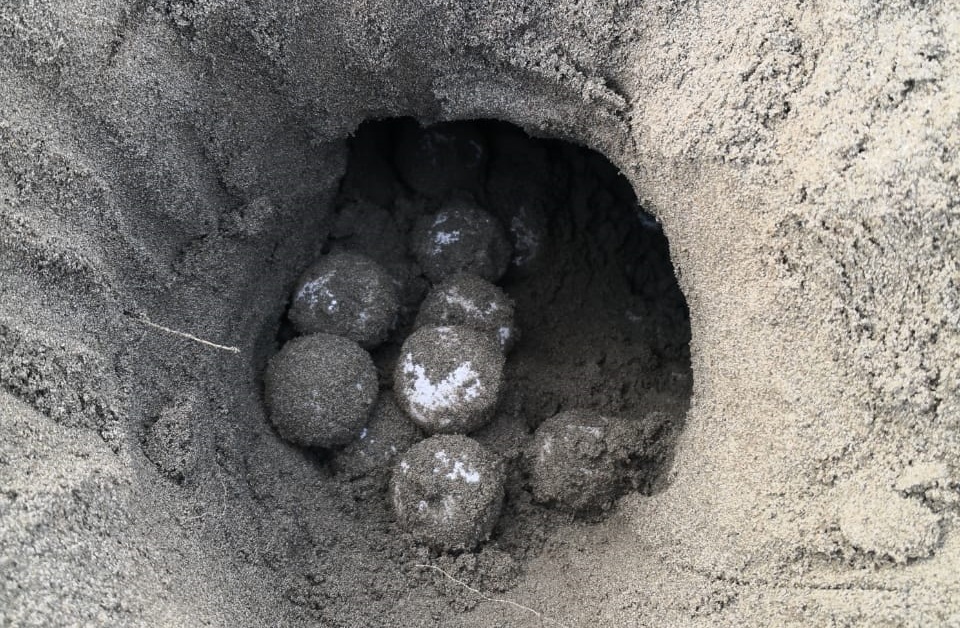
Yay! Turtle nest 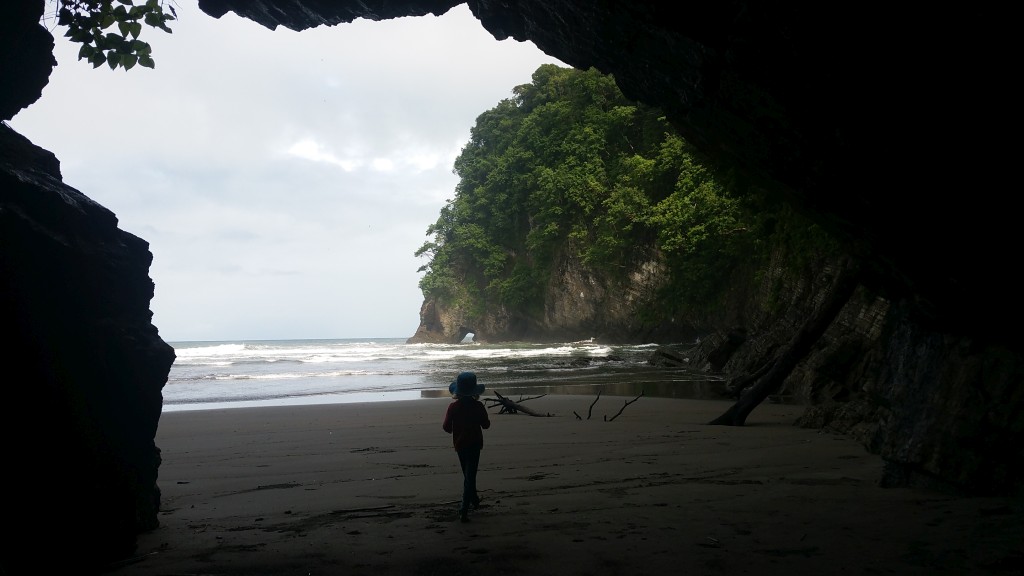
Beach caves 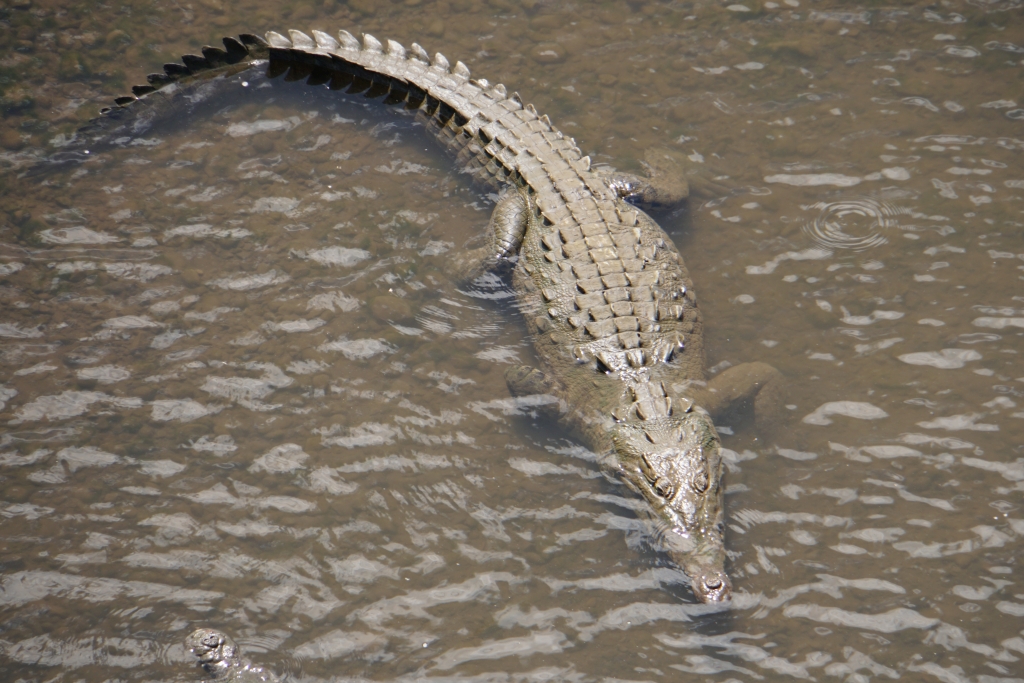
Danger! 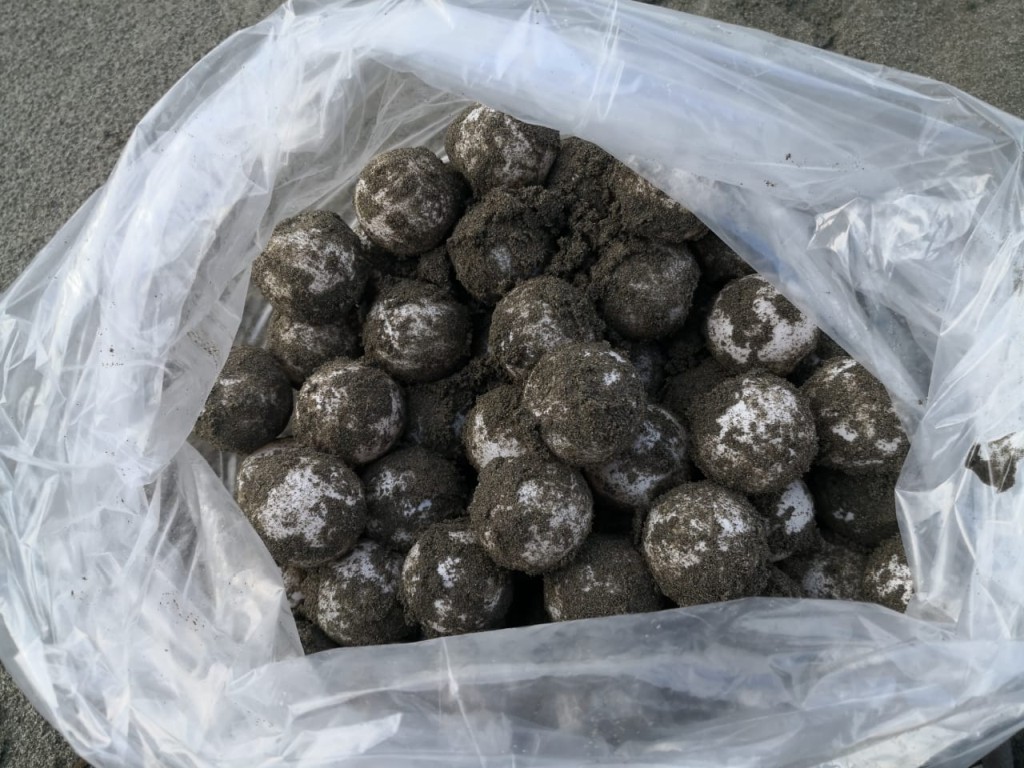
Found 116 eggs! 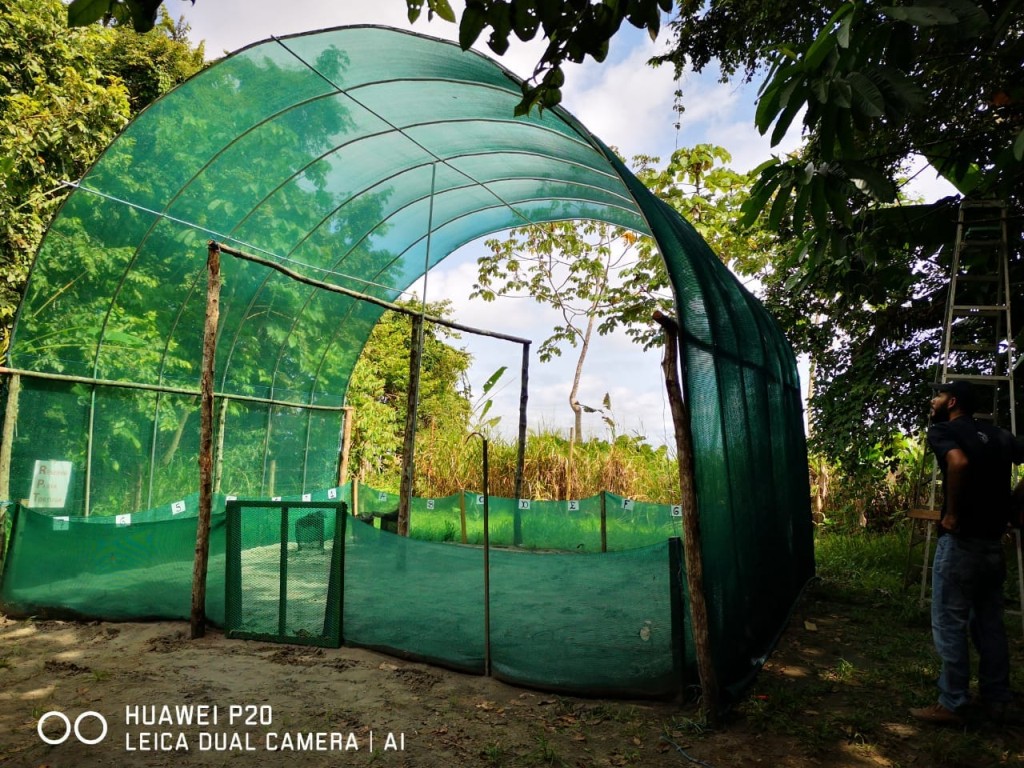
Hatchery 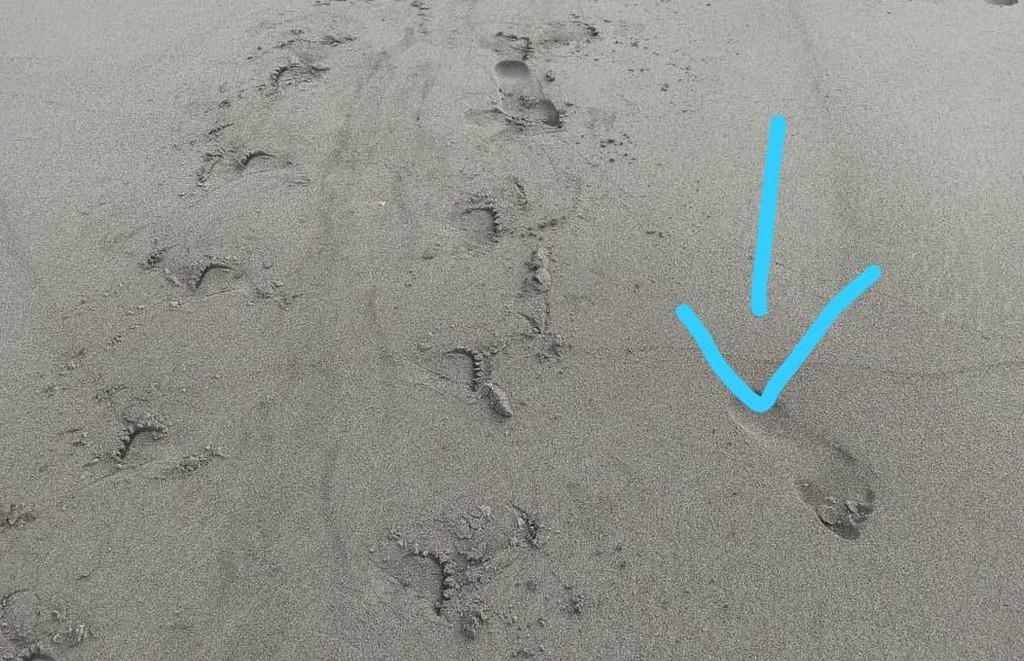
Poacher&turtle prints 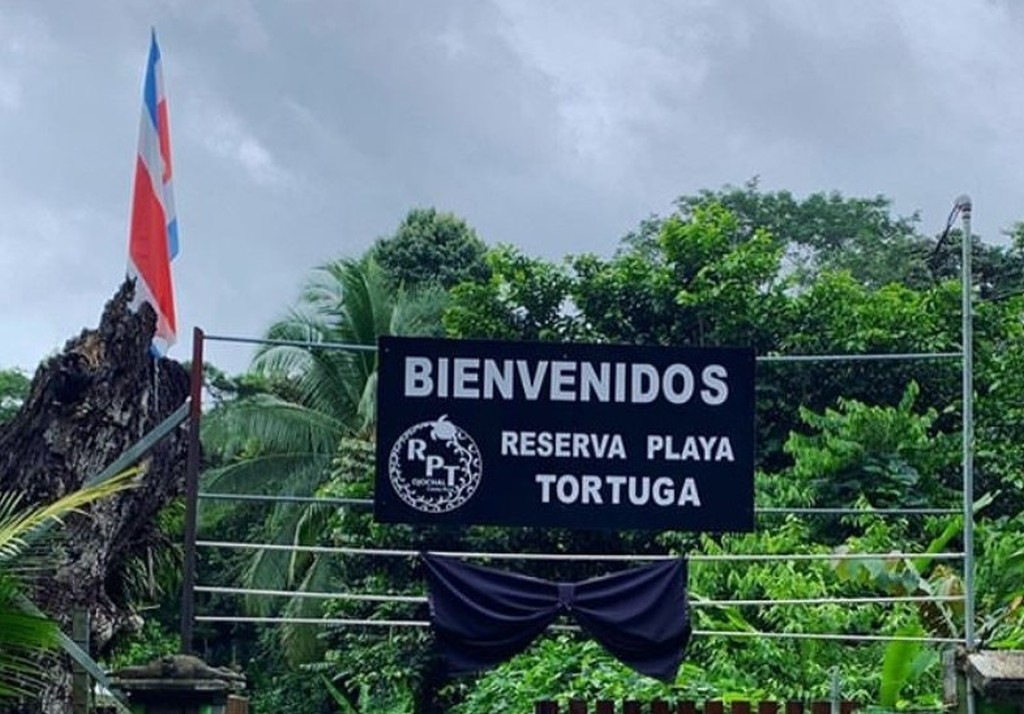
RPT entrance

